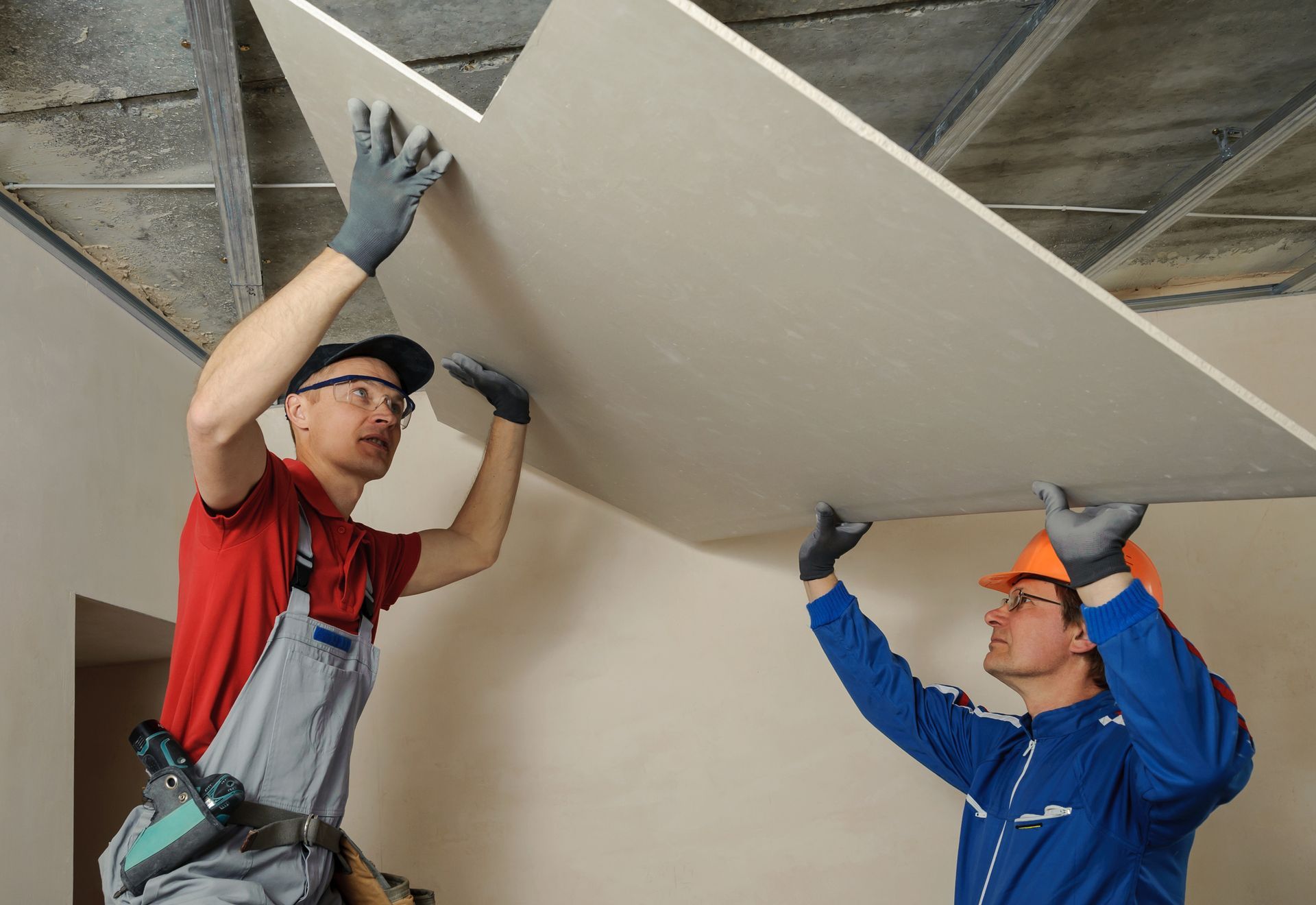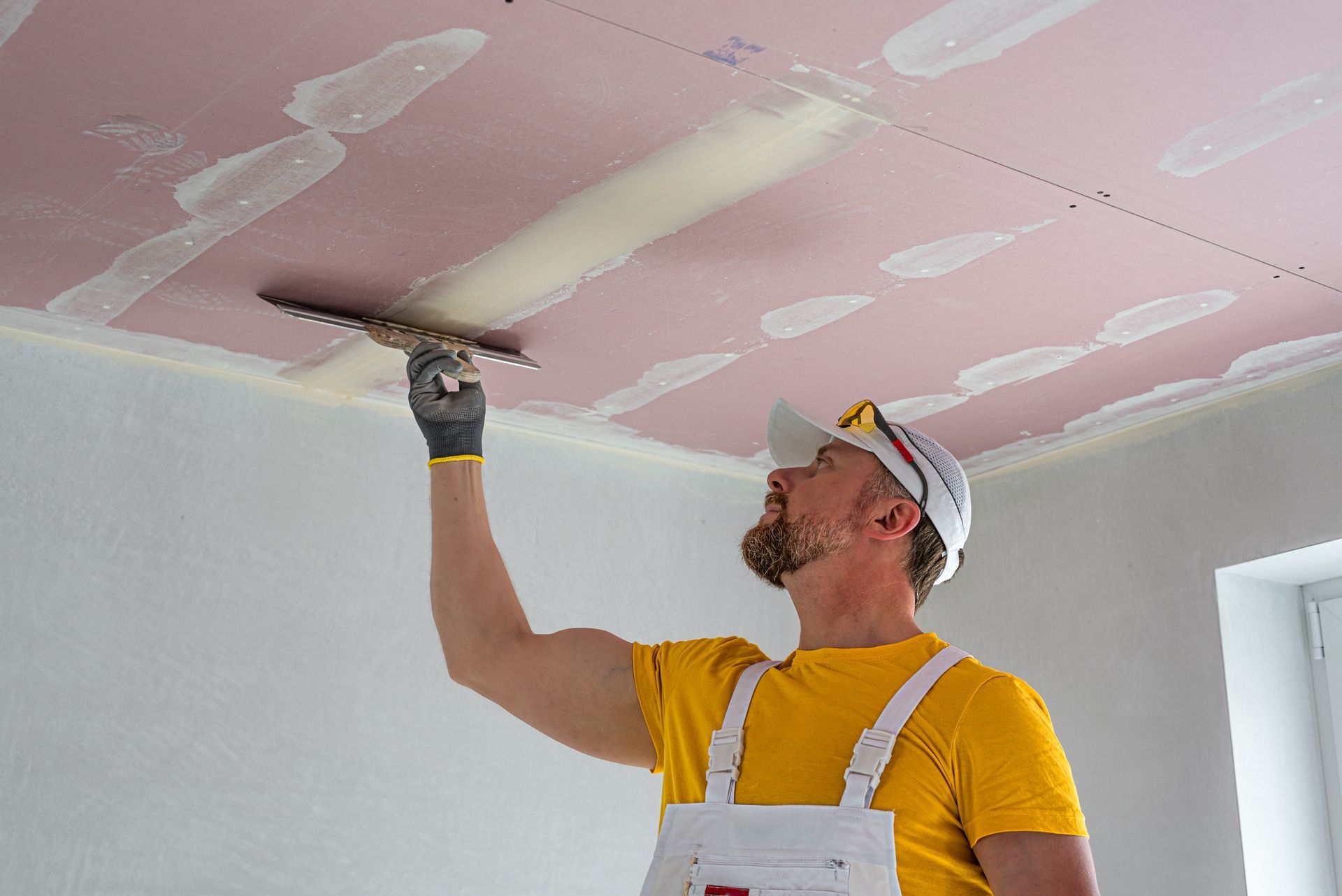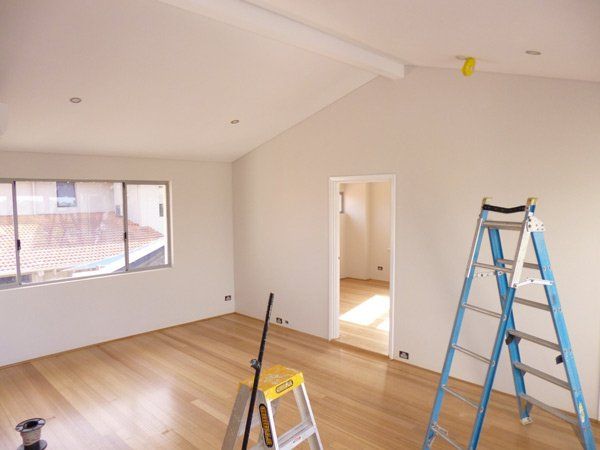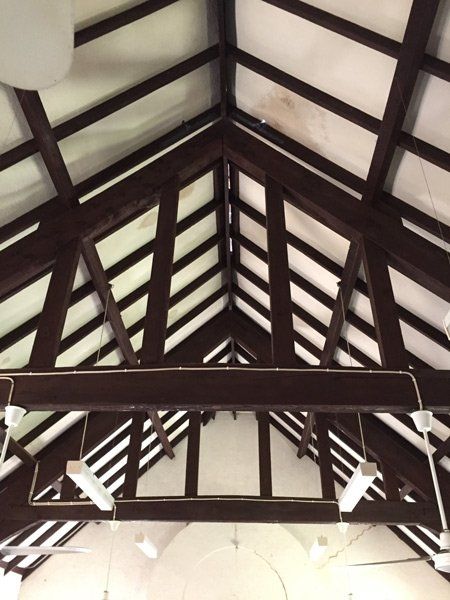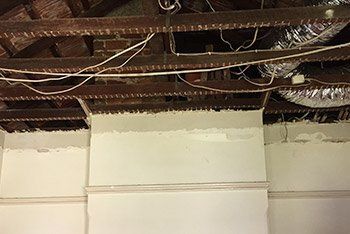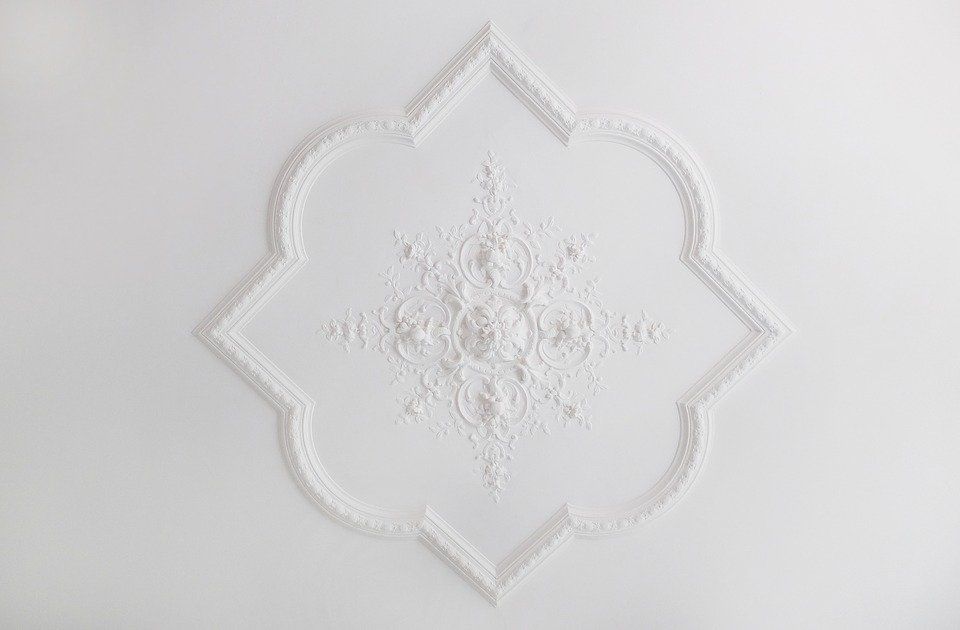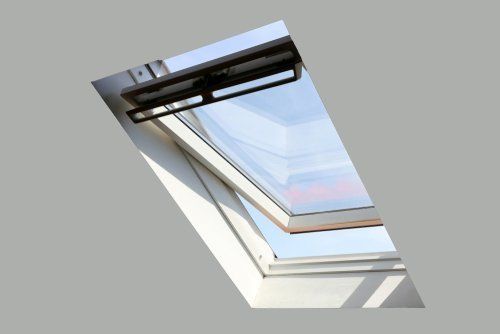Get your sagging ceiling looked at by a professional ASAP
websitebuilder • April 14, 2020
Get your sagging ceiling looked at by a professional ASAP
When you notice the signs of a sagging ceiling, this should serve as a warning that there is the potential for collapse. While older homes may encounter obvious complications which come with age, ceiling collapse can occur even in newer builds.
The Building Commission of WA has recently been called to inspect seven homes which were subjected to ceiling failures and were built between 2005 and 2009. If you are concerned about a sagging ceiling, it is important you seek the help of a professional. The longer you leave it the costlier it will be to replace, and if a collapse does occur it could lead to significant injury or property damage.
What Causes Sagging Ceilings?
There are a variety of factors which could contribute to a sagging ceiling, and some of the most common include:
Water Damage
The build up of moisture in the ceiling is not an uncommon occurrence. Excessive water and ceilings don’t mix well, an in addition to mould this could lead to sagging. When water accumulates it can cause the plaster and drywall to suffer from damage, weakening the ceiling installation.
Poor Workmanship
Some buildings are destined to fail from the start, and this is due to poor workmanship. In the past, low quality adhesive was used, and we have now begun to see this trend result in ceiling problems which require maintenance. Drywall may not have been installed correctly, or load beams may be undersized or missing. A poor structure and excess weight can both contribute to sagging.
Pests
When you are a homeowner, termites are likely to be one of your biggest fears and this is for good reason. When these nasty little pests invade your home, they can damage important structural elements such as load bearing beams. In addition to seeking a ceiling replacement specialist, the services of a pest removalist will be essential.
What are the Warning Signs?
If you think you may have a sagging ceiling, there are a few clues to look for. If you notice any of these warning signs it is recommended you call an experienced professional to access the damage and advise you of your options:
- Loud cracking noises
- Cracks in the ceiling
- Sagging of the plasterboard
- Plasterboard sheeting falling, pulling or dropping
- Visible crackling marks
- The appearance of small blisters
Why You Should Seek the Help of a Professional
Attempting to access the ceiling cavity yourself could make the situation worse, with wiring and obstacles to contend with, this is a job for the professionals. A sagging ceiling is not something which should be left untreated, and if it is caught early it may only need to be re-strapped or repaired. Over time the damage will likely become more extensive and the whole ceiling may eventually need to be replaced.
At WA Ceiling Fixers, we are experienced in ceiling repair, restoration and maintenance and can fix your sagging ceiling making your home safer for you and your family. Please contact us today for a free, no obligation quote.

Your ceiling has an important role in maintaining the structure of your home, and over time it may require maintenance. There are a range of issues which can occur, some which can be fixed...and some which can’t! If you are unsure whether your ceiling can be saved or if you require a replacement, the following guide will point you in the right direction:

